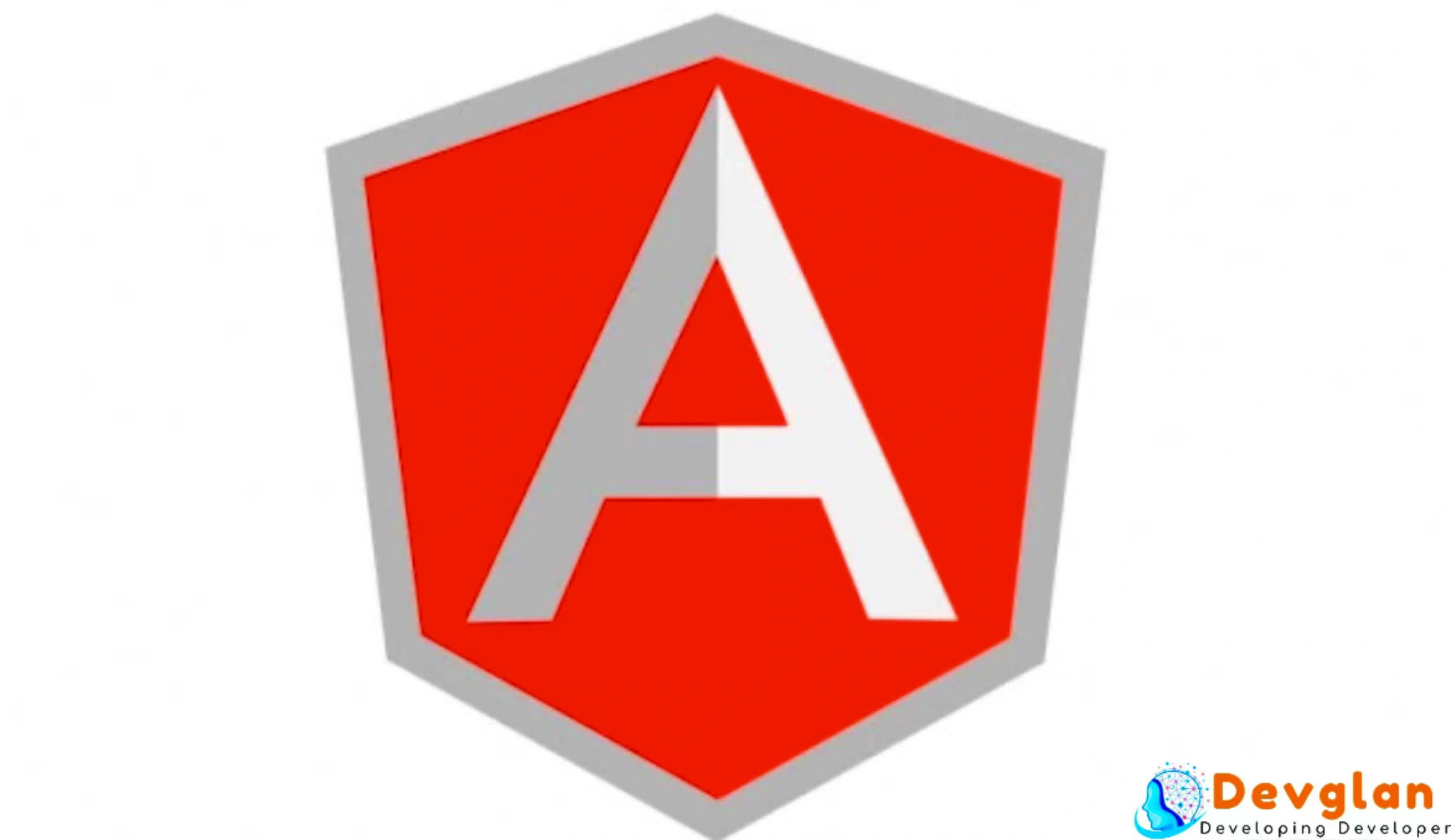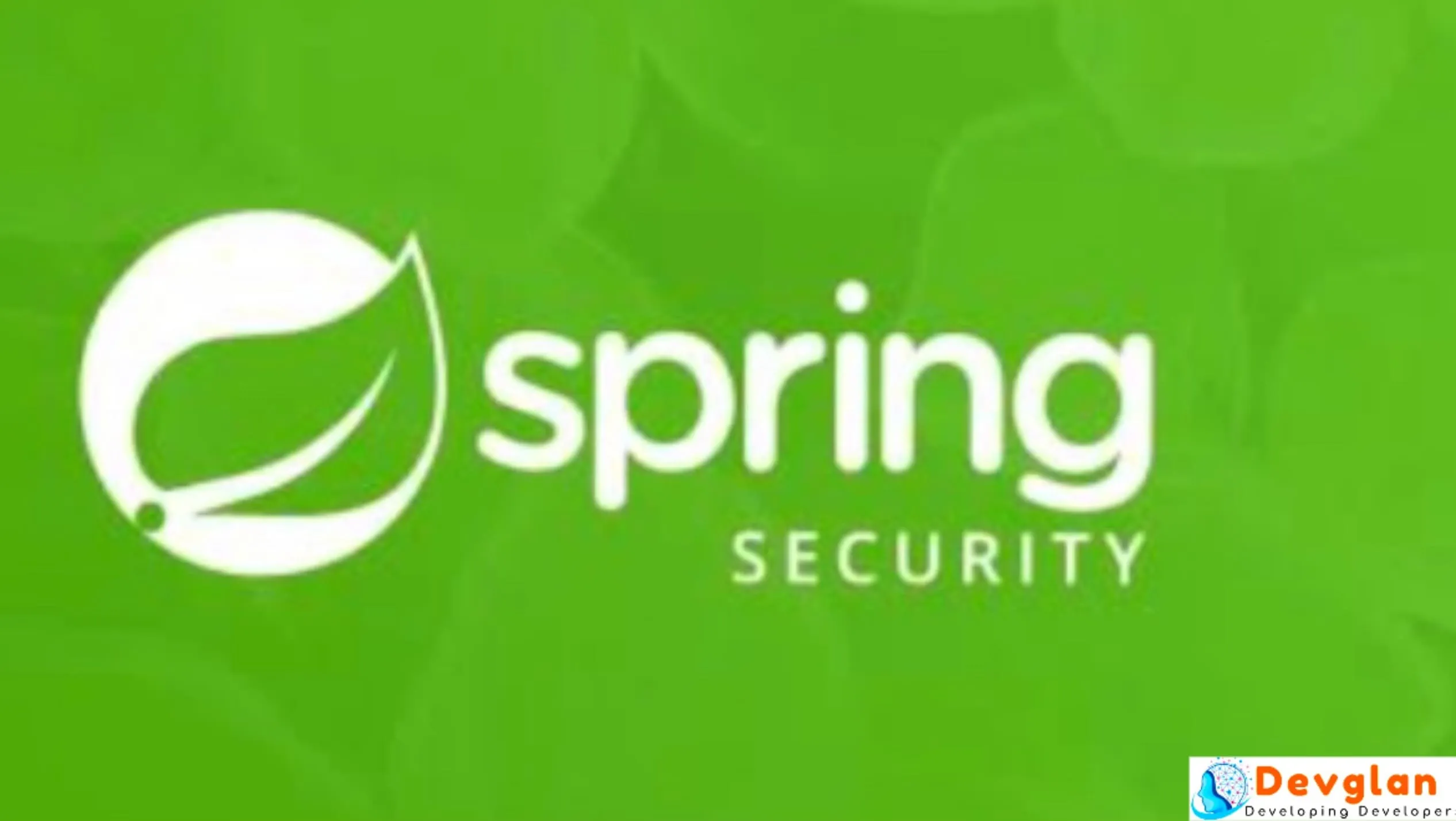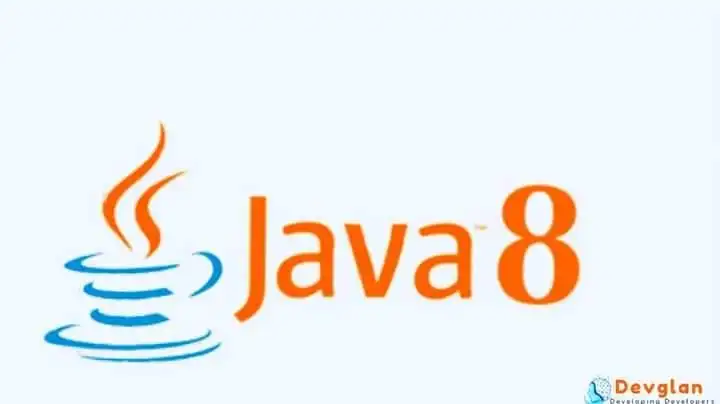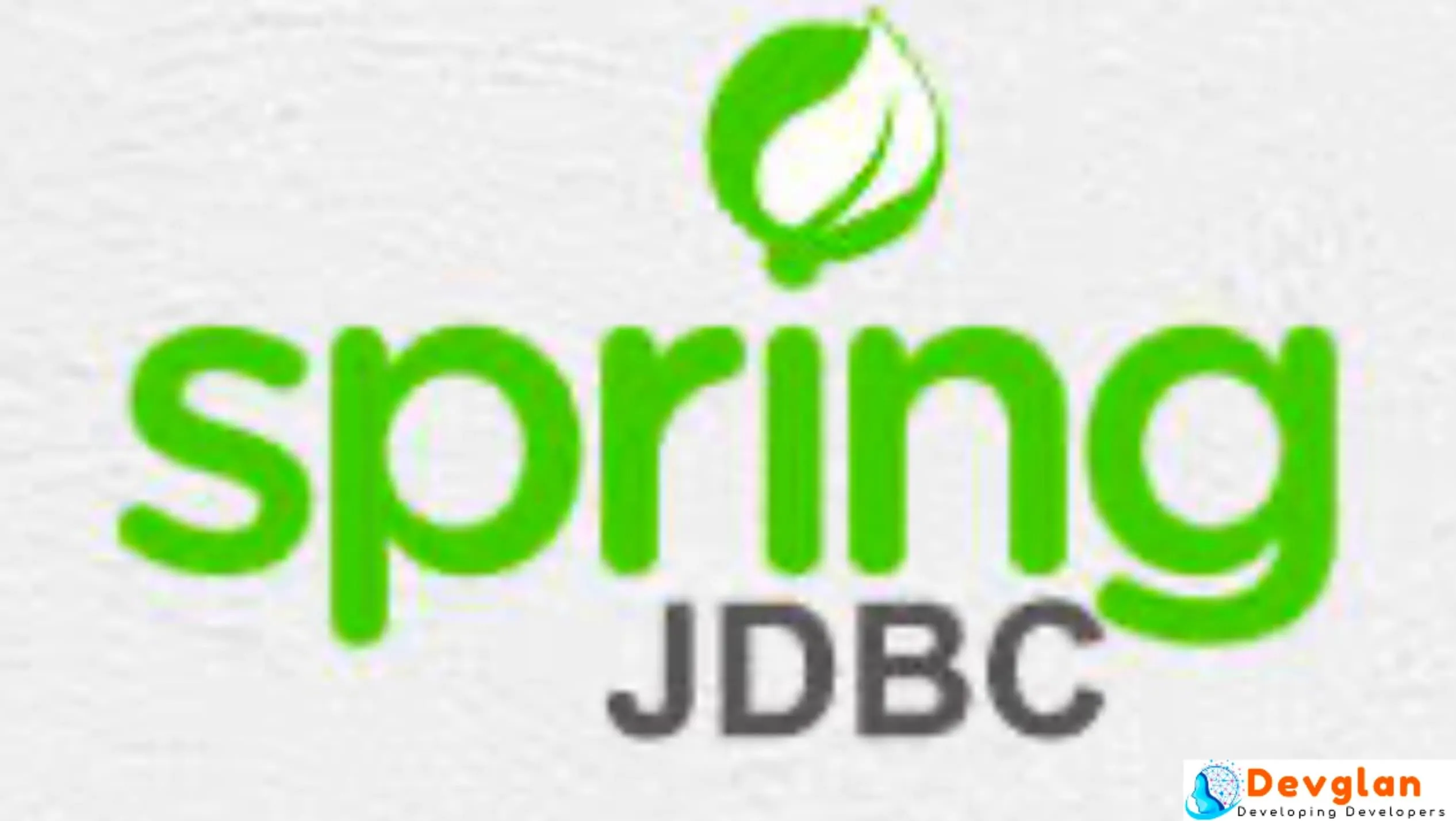Be it converting one’s academic content, textbooks, and assessments into eLearning products or developing a comprehensive eLearning software, it is not an easy task to do.
This isn’t just about designing a couple of interactive modules or slapping a course onto a website. It’s about architecture, UX, scalability, is it computationally data secure, and about making learning not just possible but fun. It takes talent, time and tech know-how.
To many types of businesses are education, HR, internal learning eLearning software development outsourcing isn’t just a good solution. It’s the one that smacks of the most common sense.
But like any big move, it raises questions. Where do you start? Who do you trust? What are the risks?
Let’s unpack it all.
Reasons Companies Outsource eLearning Development
a. Speed to Market
It can take months to build an in-house team. Outsourcing lets you leverage a ready-made team of design, development, and QA professionals who already speak LMS, SCORM, xAPI, and mobile-first with native fluency. You hit the ground running.
b. Cost Efficiency
You don’t have to pay people to recruit, hire, and onboard, nor do you have to purchase them equipment, insurance, gym memberships, and the other expenses that come with a human being in the office. With this partner, you’re just paying for the product, not the overhead.
c. Global Talent Accessibility
Not all of the best developers are in your ZIP code. Outsourcing allows you access to specialized squads that are very knowledgeable in edtech, gamification, and mobile learning - and without hurling halfway round the world.
d. Focus on Core Business
Outsourcing will allow your internal teams to focus on strategy, user acquisition, curriculum design whatever advances your mission, and not wrestling with code.
What You Get When It's Done the Right Way
Tailored Solutions
Prepackaged LMS products can seem like square pegs in round holes. CustomYour platform, your way - built bespoke by an outsourced team to suit your learners, your workflows, your brand.
A Future-Ready Architecture
Scalable code. Mobile responsiveness. API integrations. Cloud compatibility. A great outsourced team builds not for today, but for what’s coming tomorrow.
Ongoing Support
Most companies think that outsourcing is over with the release. But the best vendors offer support, maintenance and feature expansion. It’s not a handoff. It’s a partnership.
The Risks You Can’t Ignore
It isn’t all sunshine and LMS dashboards, of course. That is, unless you’re not careful. Outsourcing has some downsides.
-
Communication Hiccups. Time zones. Language barriers. Missed emails. If your dev partner isn’t killing it in the communication department, everything can go so quickly. Clear protocols are a must.
-
Quality Gaps. Vendors are not all the same. Others oversell and underdeliver. Without thorough vetting, you might end up with a mess of code and a useless product.
-
IP and Data Security. This one’s big. Your learners’ data and your content IP require protection. If your partner isn’t following best practices in encryption, compliance with GDPR or HIPAA, you may be subject to legal and reputational risks.
Smart Outsourcing Best Practices
ELearning software development outsourcing can be a strategic initiative for a company that wants to get due to market a high-quality digital learning platform, saving tons of money and time. Advantages include access to specialized skills faster time to market and lower costs. But the process is fraught with potential pitfalls; from a breakdown in communication, to losses in quality control and concerns about data security.
To minimize these it is important to select a trustworthy partner, be clear in expectations, and stay engaged. Done right, eLearning software development services outsourcing can result in novel yet scalable solutions to help engage learners and grow your business.
Ready to take the leap? Here’s how to do it wisely.
- Vet As If Your Platform Depended On It
Ask for case studies. Check references. Test their previous work. Do they get education and not just software? Do they speak LMS fluently?
Red flag: If they can’t explain what SCORM or LTI means, keep looking.
- Begin with a Discovery Phase
Don’t start coding on day one. A good partner starts with self-discovery:
What are your goals?
Who are your users?
What features matter most?
This paves the way for intelligent, scalable design efforts.
- Demand Agile Development This is an unqualified must!
You want flexibility. You want iteration. You want visibility.
Agile methodologies — frequent sprints, demos, feedback loops —guarantee you won’t get to six months in and have a platform that just doesn’t deliver.
- Get it in Writing
Scope. Budget. Timelines. Deliverables. Ownership rights. It should all be crystal clear, no Jargon, just in plain English.
If you’re seeing anything more than red flags but your potential partner can’t produce good solid contracts or signed NDAs, press pause.
-
Plan for Post-Launch
Maintenance, bug fixes, feature updates - these don’t end when you launch. Develop a post-deployment plan early, not just after things start to break.
When You Want to Keep It In-House Instead
Outsourcing is great, but it’s not one size fits all. If your platform is your product (as opposed to a tool you use), you may wish to have complete internal control over its future evolution.
Or if your organization already has a strong tech team comfortable working with learning systems - and the capacity to develop in house - cool! But even then, some kind of hybrid model is usually optimal (outsourcing early or specialized production steps).
Conclusion
Yes, eLearning platforms are built upon code, dashboards, features. But there is a learner behind every screen. A human. Someone trying to grow. The perfect eLearning software development partner not only creates digital tools. They create digital experiences - careful, human-centered ones.
Outsourcing isn’t about losing control. It’s about stepping back and taking a smart, strategic step toward scale, innovation, and impact. Choose wisely, and your learners will be grateful. In more than feedback forms, but in attention, engagement, and outcomes.

















